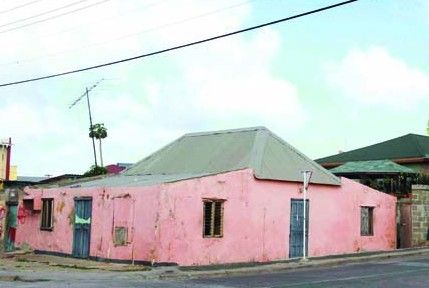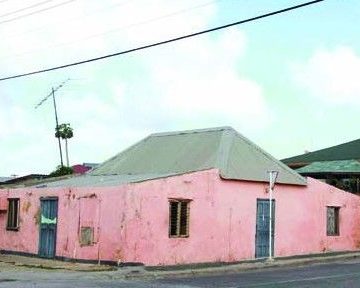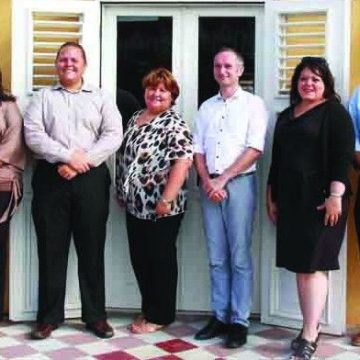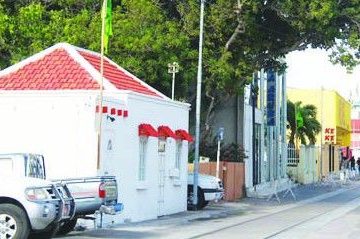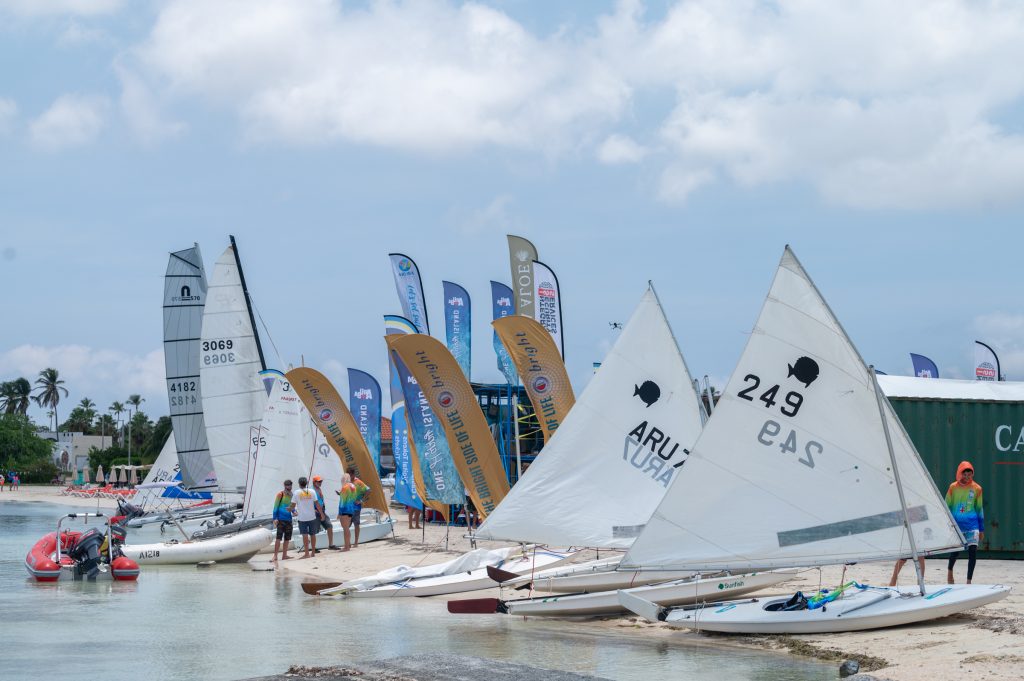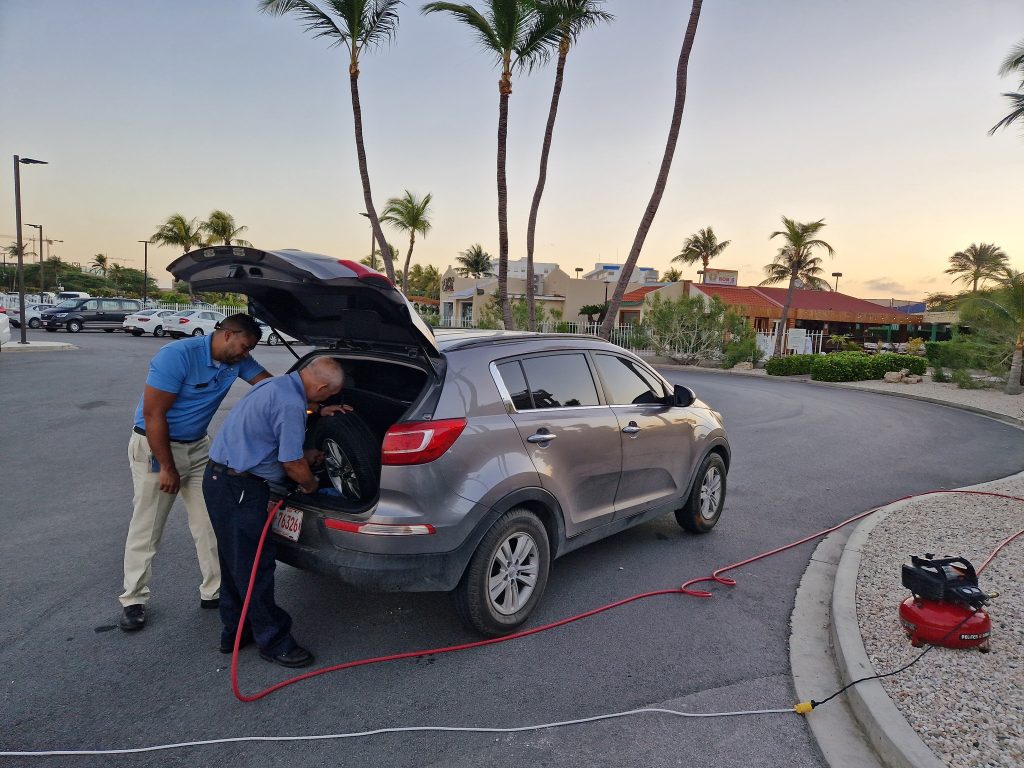Courtesy of: The Morning News
Government architects Rafi Kock and Glen Goddijn joined Suzie Boekhoudt of the National Archeology Museum Aruba (NAMA) in announcing a group of eighteen students from the University of Rotterdam will spend two weeks on Aruba performing an intensive study on the upgrading of the Rancho section of Oranjestad, from November 25 to December 6. The project is called “Minor Rancho.”
This will be the third Sustainable Building study performed on Aruba under the tutelage of Associate Professor Sustainable Building Technology, Arjan Karssenberg. The first was to analyze the challenges of the Hooiberg/Pos Chiquito area, and the second to offer ideas and innovations for connecting the two sections of Pos Chiquito. After the first stimulating, successful venture on the island, the professor has integrated an Aruban project into the program’s annual curriculum.
This year, the students will focus on the western section of Aruba’s capital, Rancho, which was originally an independent settlement. The expansion of urban sprawl eventually resulted in it being enfranchised within Oranjestad’s borders.
The barrio is quite densely populated, and many of the homes occupied are landmark structures existing since the earliest colonial times. The area was noted for its salt flats and harbor, where fisherman brought in the catch and sold fish for Aruban kitchens and export.
NAMA representative Suzie Boekhoudt explained the students will use NAMA, on the border of Rancho, as their base of operations during the study. This will also provide them easy access to the historic documents in the museum’s research center.
Mr. Goddijn expressed it is the hope of the government to glean innovative suggestions from the study for the upgrading of the Rancho barrio. “There is much to learn here on both sides. The neighborhood needs beautification, and improving certain aspects of the infrastructure is an imperative. The concept is a “cross-pollination” of ideas. It is very healthy for architectural students to work within the context of foreign cultures and mindsets. It inspires them to innovative thinking, while we will also benefit from their knowledge of the latest technologies and techniques.”
An area such as Rancho is particularly challenging as the students must work within the parameters of preserving landmarks and historical context of the area, while increasing the efficiency of the infrastructure. Present to express their enthusiasm and support for the project representatives of Aruba’s Monument Foundation, Mircla Navas and Zetsia Ponson of Stichting Rancho, which is dedicated to the history and traditions of the neighborhood.
“There are several stakeholders in this project,” commented Mr. Kock. “The Department of Public Works (DOW), Bo Bario, W.E.B., and the Ministry of Infrastructure and Spatial Planning all have an abiding interest in the final report.” He and Mr. Goddijn are part of the team that designed and executed the Linear Park and the Caya Betico Croes beautification project, and they are looking forward to what ideas and innovations they can incorporate from this study into their improvements to the Rancho area.

